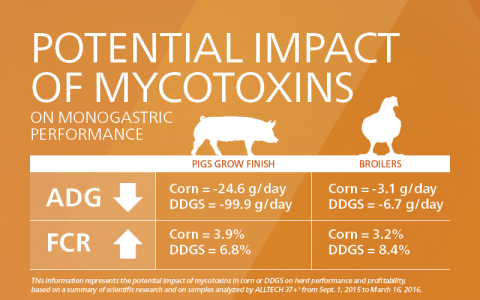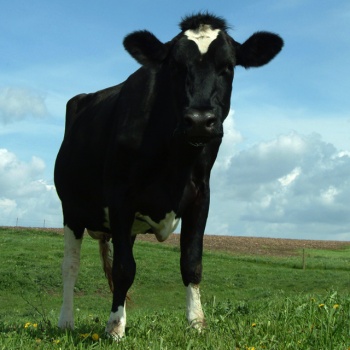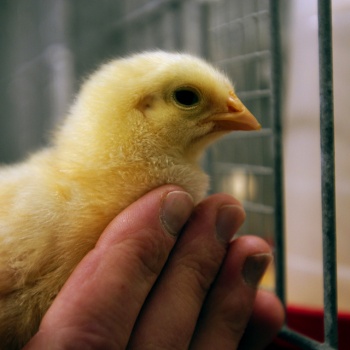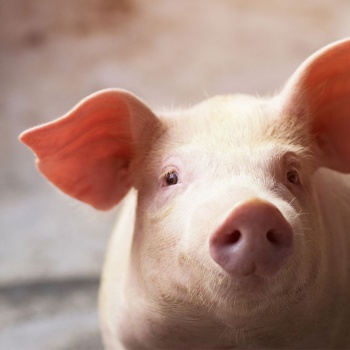Pig and Poultry Diets: DDGs May Be Door to Mycotoxin Exposure

Since the release of Alltech’s 2015 North America Harvest Analysis results, some pork and poultry producers have found a new source for mycotoxin contamination, this time during the process of renewable fuel production.
A byproduct of ethanol production, distiller’s dried grains (DDGs), have become increasingly popular with livestock and poultry producers. During ethanol production, yeast utilizes the highly digestible starch materials to produce ethanol. After the starch is used, production is left with primarily protein and fiber, the main components of DDGs, which provide an excellent feedstuff source for animals.
“The problem with DDGs is that any component that is not used for ethanol will be concentrated just like the fiber and the protein, and this includes mycotoxins,” according to Dr. Max Hawkins, Alltech Mycotoxin Management team nutritionist. “In fact, mycotoxins concentrate up to three times more in DDGs than in grains.”
Since Sept. 1, several DDG samples have been analyzed through the Alltech 37+® mycotoxin analysis program. The average sample contained 6.31 mycotoxins with type B trichothecenes present in 94 percent of samples, fusaric acid in 94 percent and fumonisins in 81 percent.
“The major change in DDG quality has been due to type B trichothecenes and type A trichothecenes, as both of these toxins have increased since harvest. Over time, these mycotoxins can have significant impact on feed intake, weight gain, gut health, immune response and feed conversion rate (FCR).”
Poultry and swine producers need to also stay vigilant about corn grain storage. Further analysis has shown that, since harvest, this feedstuff has increased from a low to moderate mycotoxin risk as grain storage time increases.
Since Sept. 1 2015, the Alltech 37+ mycotoxin analysis program has analyzed 132 corn grain samples. Researchers found an average 3.24 mcyotoxins per sample with fumonisins present in 77 percent, type B trichothecenes in 62 percent and fusaric acid in 55 percent of samples.
“Of the three mycotoxins present in corn grain samples, the levels of type B trichothecenes, part of the DON family, have been increasing the most since harvest. Even at these low levels, mycotoxins can still hinder monogastric gain and FCR.”
The Alltech Mycotoxin Management Team suggests that producers implement a quality control program to monitor the toxic content of DDGs and to make sure that the incoming supply of DDGs has manageable levels of contamination, including testing grains and feed for moisture, mold count, yeast count and mycotoxins, ensuring that corn grain is properly stored and implementing quality feeding conditions.
Another common approach to dealing with mycotoxins in DDGs is blending, which involves taking a high toxin source of DDGs and mixing it with another supply that has a lower level of contamination.
When all possible preventative measures have been taken, the use of a mycotoxin mitigating substance (or a sequestering agent) in the feed can help reduce or prevent the negative effects mycotoxins have on the animal and additionally improve immune function, gut health and integrity. The most effective agents are those that help combat the risk of multiple mycotoxin contamination.
The crux for producers is that the animal remains the best indicator of a mycotoxin presence. If the animal is not performing to its fullest or unexplained symptoms persist, consider the nutrient quality of the DDGs and the role that a mycotoxin may be playing. For more information about mycotoxin symptoms and how to manage challenges on-farm, please click here.




















